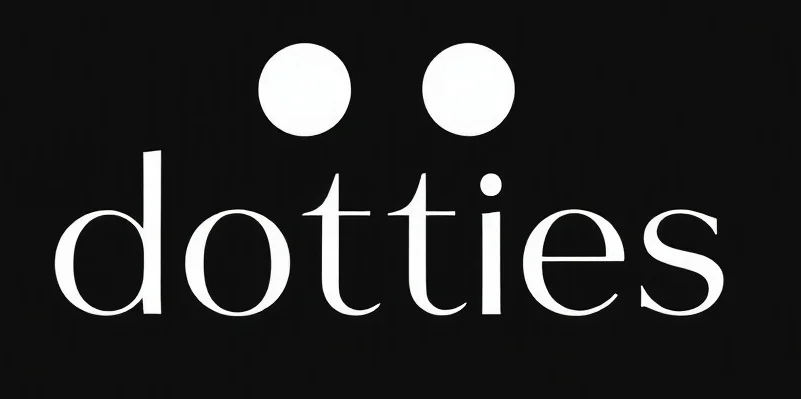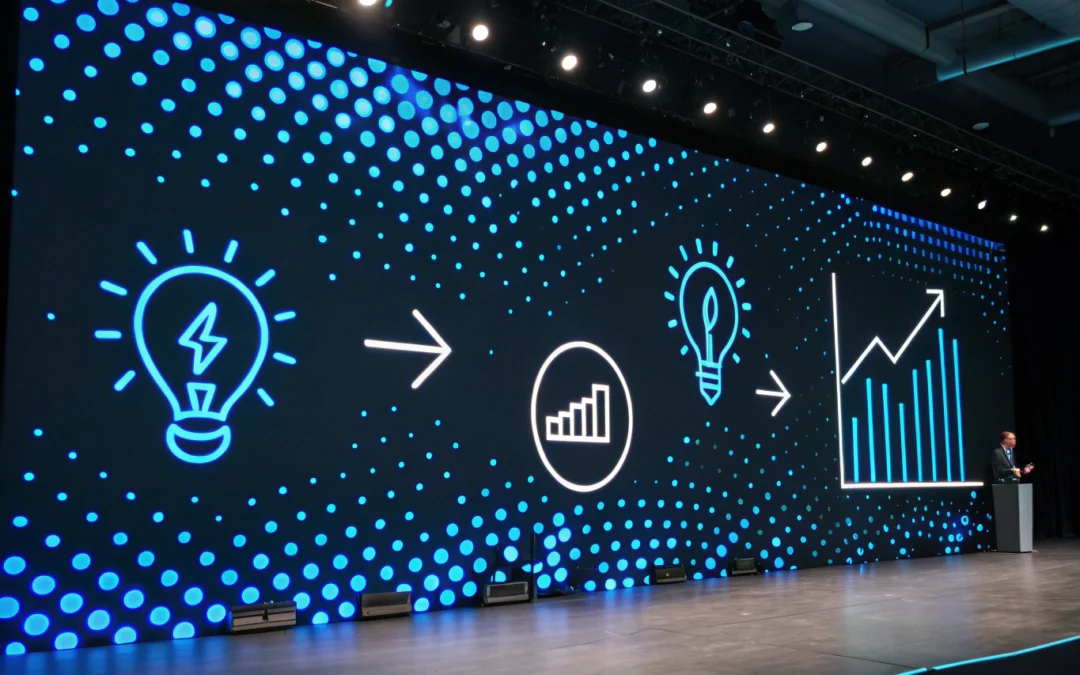AI-Powered Research Tools: The Unsung Heroes of Ecommerce
In our quest to make sense of the vast, swirling chaos of data in ecommerce, AI powered research tools have quietly become the unsung heroes. They’re like those handy Swiss Army knives—compact, versatile, and surprisingly effective at cutting through the clutter. But before you go imagining AI as some mythical oracle, let’s ground our expectations. The reality is more intern-like: capable, occasionally unpredictable, but with the potential to surprise when given the right guidance.
Unpacking the Toolkit
Diving into the toolkit of AI-powered research, we find a suite of tools designed to sift through data, identify patterns, and provide insights—tasks that would make any human researcher want to hide under a pile of spreadsheets. From keyword analysis to sentiment analysis, these tools are reshaping how businesses approach market research.
Consider keyword analysis. In the past, this was a labor-intensive process involving lots of guesswork. Now, AI algorithms can scan millions of search terms, identify trends, and even predict future hot topics. It’s like having a crystal ball that actually works, but only when you ask the right questions.
Sentiment Analysis: The Pulse of the Market
Sentiment analysis offers a fascinating glimpse into consumer opinion. By analyzing social media posts, product reviews, and other user-generated content, AI can gauge the public mood about a brand or product. It’s akin to having a massive focus group that’s constantly updating in real-time. But remember, AI doesn’t have a heart—it doesn’t “feel” sentiment. It interprets data based on linguistic cues, which means it’s only as good as its training dataset.
Predictive Analytics: The Art of Anticipation
One of AI’s most intriguing promises is its ability to forecast future trends with predictive analytics. By examining historical data and current market conditions, AI can generate forecasts that help businesses anticipate demand, manage inventory, and plan marketing strategies. It’s like having a weather forecast for consumer behavior, but don’t throw away your raincoat just yet—AI predictions are only probabilities, not certainties.
Keeping AI Human-Centered
While AI tools are powerful, keeping them human-centered is paramount. It’s about knowing when to trust AI’s insights and when to rely on human intuition. AI can offer a bird’s-eye view of the market landscape, but it’s up to us to decide which mountain to climb. The intern analogy holds true: AI needs supervision, guidance, and a healthy dose of skepticism to truly shine.
Actionable Business Recommendations
- Start small and scale: Begin by integrating AI tools into specific research tasks. Test their effectiveness and gradually increase their role in your strategy.
- Combine AI with human insights: Use AI to gather data and identify patterns, but rely on human expertise to interpret and apply these insights to your unique business context.
- Stay updated: AI technology evolves rapidly. Ensure your tools are up-to-date to leverage the latest advancements and maintain a competitive edge.
- Foster a culture of experimentation: Treat AI as a partner in experimentation, allowing your team to explore new strategies and refine them based on AI-driven insights.
Checkout ProductScope AI’s Studio (and get 200 free studio credits)

